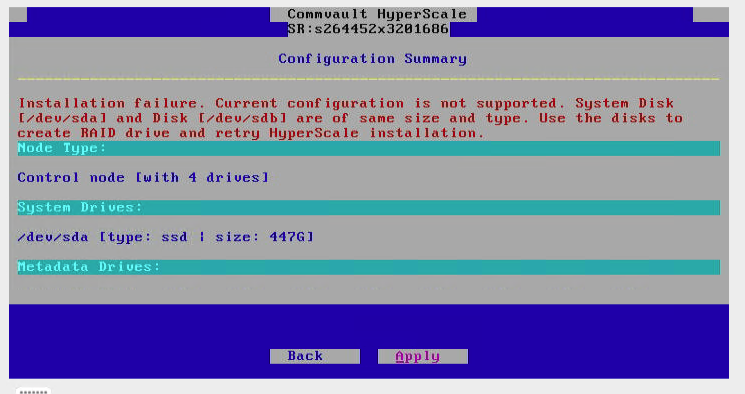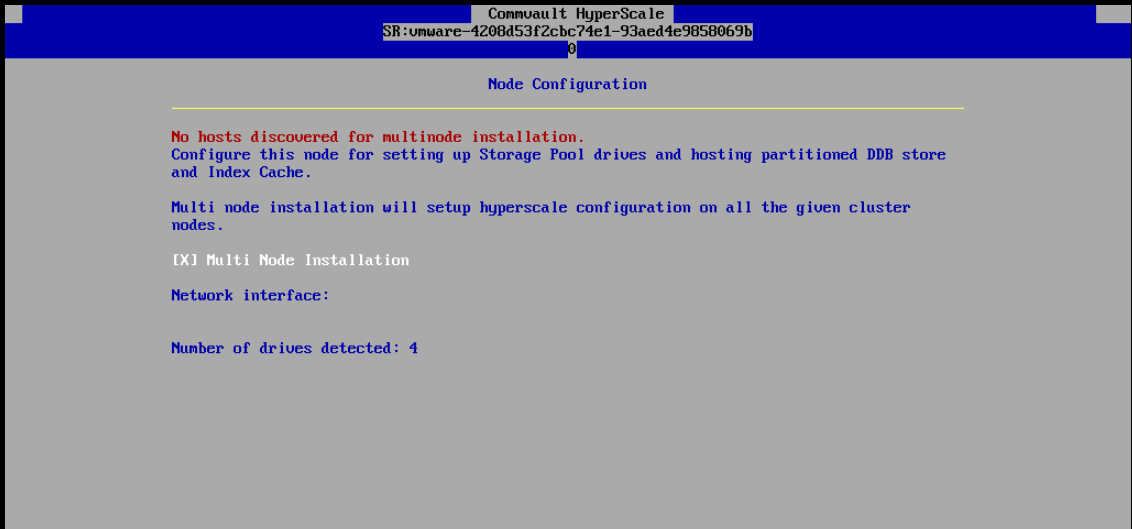Hello,
i have a project that a client will deploy HSX RA on Hpe proLient DL360 in the environment.
i have never implemented HSX Before.
and i have checked the documentation for the RA installation and network configuration.
my question is is there’s a guild explains step by step the installation starting from configuring the servers, and the HSX imaging ?
my blind step is how the image will be installed?
dhcp is not enabled.
documentation says that u’ll use a windows machine that can connect to the nodes and download the iso from the store then mount the image and start the installation.
1 - do i need to mount the iso on each node from the ILO ?
2- how the nodes can communicate during the installation as when you start configuring the first node it searchs for the other nodes.
Best answer by Emils
View original








